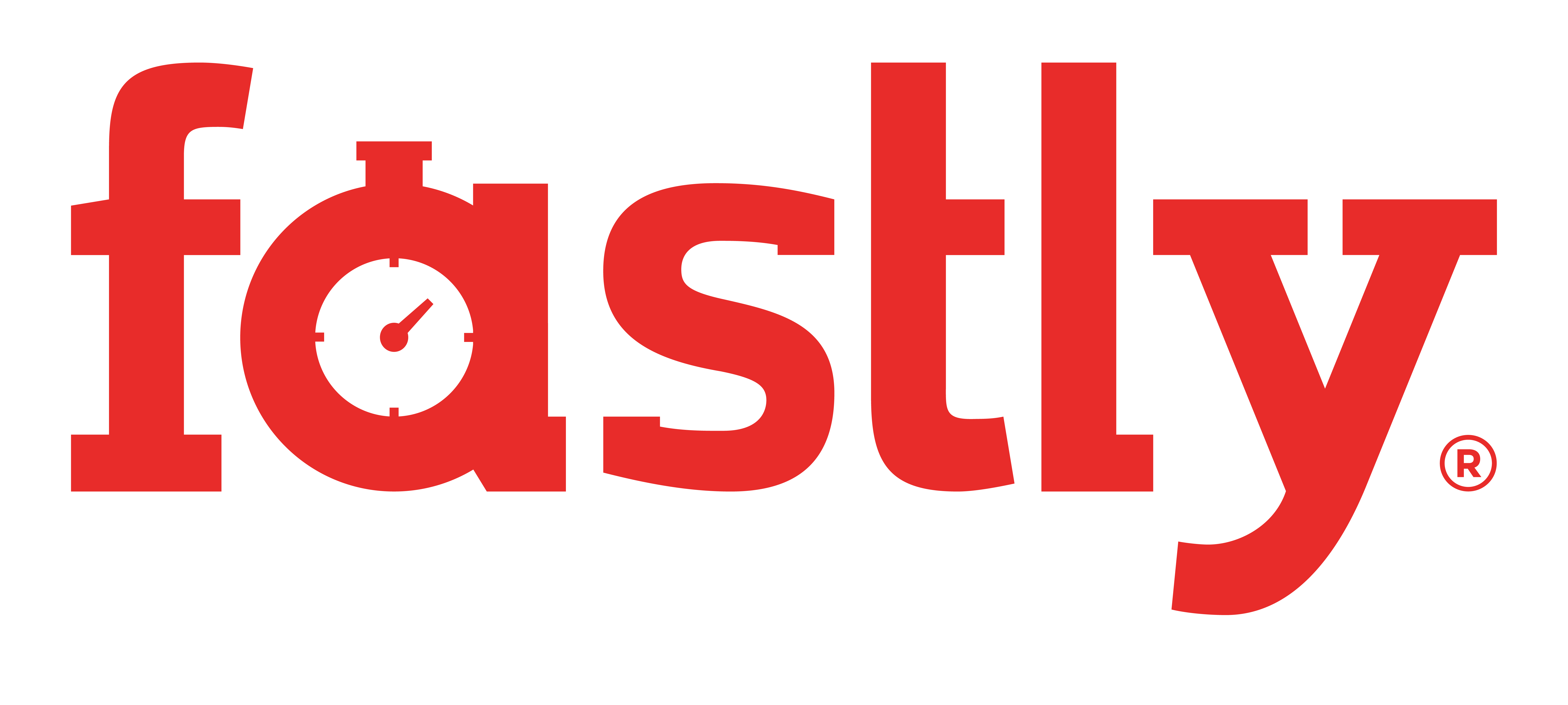Removing Rubies
There are two ways to remove rubies from rvm:
- rvm remove # Removes the ruby, source files and optional gemsets / archives
- rvm uninstall # Just removes the ruby - leaves everything else
rvm remove
rvm remove is the preferred way of removing rubies from rvm. By default, not only will it remove the ruby and it's source files, it will also get rid of aliases, wrappers, environments and any associated binaries - in other words, it cleans up most of the install.
Optionally, it accepts the --archive flag to remove the downloaded archive and --gems to get rid of all associated gemsets.
As an example, to remove rubinius 1.0.0, you could do:
$ rvm remove rbx-1.0.0 info: Removing /Users/sutto/.rvm/src/rbx-1.0.0-20100514... info: Removing /Users/sutto/.rvm/rubies/rbx-1.0.0-20100514... info: Removing rbx-1.0.0-20100514 aliases... info: Removing rbx-1.0.0-20100514 wrappers... info: Removing rbx-1.0.0-20100514 environments... info: Removing rbx-1.0.0-20100514 binaries...
rvm uninstall
For the most basic case (e.g. you want to try clearing out a bad install), rvm uninstall literally just removes the folder under ~/.rvm/rubies. In most cases, you should instead use rvm remove.
You can uninstall one or many rubies. If you're using many, please ensure you separate the ruby string with a comma, e.g.:
$ rvm uninstall ree,1.8.7
Removing a ruby removes both the install and the source.

